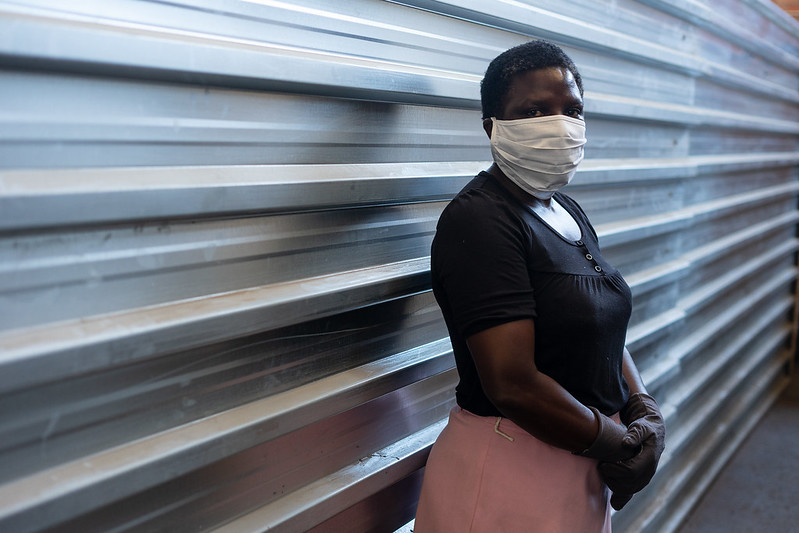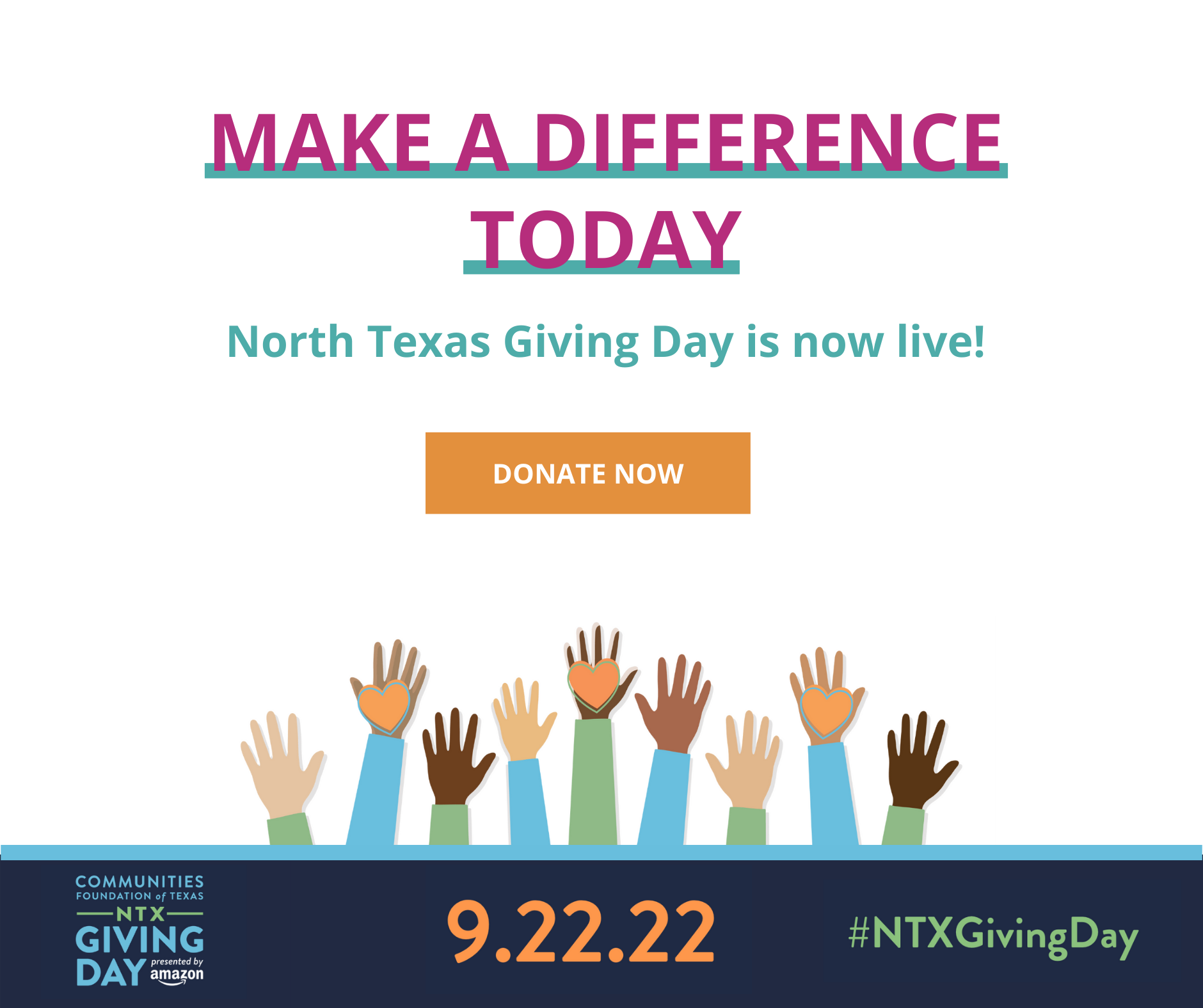TexProtects’ vision is one where every child is safe, nurtured, and resilient — no matter the color of their skin. This vision cannot be realized while families of color continue to be wounded by systemic racism and injustice. As part of our effort to speak out and stand up against injustice, this blog is part of a series to highlight existing inequalities in our child protection systems. A deepened understanding of these issues can help us know better and do better so that Texas is a safe place to be born – where families can thrive and where every individual is seen and valued equally.
We will only be able to grasp the full negative effects of COVID-19 once the pandemic is behind us, but the disproportionate affect the virus is having on children and families of color is already apparent. The onset of this health crisis has further exposed how systemic racism is creating harmful disparities between white communities and communities of color. The ways in which Black and Latinx or Hispanic communities are negatively affected by the fallout from COVID-19 translate into potentially negative outcomes for their children.
Instances of COVID-19 cases and deaths are disproportionately affecting Black and Latinx/Hispanic communities. Based on the COVID Racial Data Tracker by the COVID Tracking Project, the nation has lost at least 25,932 Black lives to COVID-19 to date. Deaths of Black people from COVID-19 are nearly two times greater than what would be expected based on their population percentage. Latinx/Hispanic people also make up a greater share of confirmed cases than their share of the population. In Texas, 15% of all COVID-19 cases and 16% of all deaths were Black people, when Black people make up just 12% of the total state population. For Latinx/Hispanic people, cases are also disproportionately higher, making up 47% of all COVID cases, when Texas is 39% Latinx/Hispanic.
But these are just the tested and reported numbers available in Texas. Of all tested cases and instances of deaths, Texas has only reported race data for 11% of positive cases and 23% of deaths. This means that the percentages of Black and Latinx/Hispanic deaths could be much greater than what is reported.
But it is systemic racism, not race, that is the risk factor for these communities.
Racism is playing out during the pandemic through examples like a disproportionate number of COVID-19 testing sites in predominantly white communities compared to Black and Latinx/Hispanic communities, and yet they are still disproportionately impacted. One data analysis found, for example, that Dallas had 15 more testing sites in whiter areas and Austin had 7 more. Experts are saying these testing disparities are problematic – if we aren’t testing our most marginalized people, we could miss pockets of infection and have new large areas of virus outbreak.
Given that there is a higher prevalence of chronic health conditions like hypertension and diabetes in communities of color, Black and Latinx/Hispanic communities are especially vulnerable to COVID-19. These chronic health conditions are a result of centuries of intergenerational trauma and a lack of resources inflicted on these communities. A lack of health insurance, poor access to medical care, and other systemic inequalities also undermine virus prevention efforts in these communities.
Living conditions (e.g. food deserts, minimal nearby medical facilities) in predominantly Black and Latinx/Hispanic areas may also contribute to underlying health conditions. These underlying health conditions may complicate people’s ability to follow health guidelines to prevent getting sick with COVID-19.
The likelihood that a person will test positive for COVID-19 increases in areas where the population of Black residents is higher. This may be attributable to higher concentrations of Black people living in densely populated areas, which are due to institutional racism in the form of residential housing segregation and fewer access to services. This is also known as redlining — a racist practice denying or putting up barriers to services like for residents of certain areas based on their race. These circumstances make guidelines for social distancing almost impossible to follow safely.
Black and Latinx/Hispanic individuals are also more likely to hold jobs that are deemed “essential”. Essential workers are continuing to work outside the home, putting themselves and their families at risk. According to the CDC, nearly a quarter of Latinx/Hispanic and Black workers are employed in service industry jobs compared to just 16% of non-Hispanic whites nationally. Latinx/Hispanic workers make up 17% of total employment in the U.S. but constitute 53% of agricultural workers. Black workers account for 12% of all employed workers nationally but make up 30% of licensed practical and licensed vocational nurses. Both sectors are areas of work that have continued outside the home during the pandemic.
These barriers not only make people of color more vulnerable to COVID-19, they also impact how families are able to care for their children during this crisis. This systemic racism apparent in our healthcare and housing systems trickles down to Black and Latinx/Hispanic children. Placing more stressors on parents and caregivers in turn places stressors on children, who are then less able to cultivate protective factors that build resilience.
Protective factors — including social connections, concrete supports for basic needs, knowledge of parenting and child development, social and emotional development of children, nurturing and attachment, and resilience — provide the key to ensuring that risk and adversity in childhood are not predictive of negative outcomes later in life.
We have a lot of work to do to ensure all children and families stay healthy through this pandemic and into the future. The state of Texas is making a small start: the Texas Health and Human Services Commission has recently announced that it is seeking to remedy the lack of information about how Black and Latinx/Hispanic communities are being affected by the virus and will work to study this. But answers must also come from communities themselves so that those of us working toward child protection can learn how to best empower community work and strengthen families to ensure they have access to the right supports at the right time. We must use a holistic approach to ensure that their access to resources is distributed equitably.
Another way we can help is through supporting the Texas Prenatal to Three (PN-3) Collaborative (learn more). Through PN-3, TexProtects, Children At Risk, and Texans Care for Children – along with many other organizations across the state – have come together to urge policymakers to ensure all Texas children have equitable access to healthy beginnings, family supports, and high quality early care and education.



